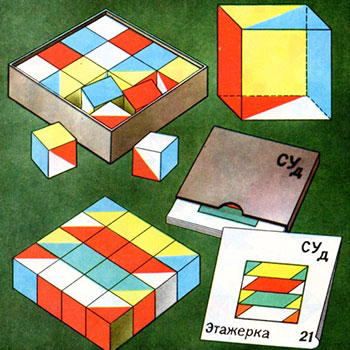first, expand the bracket
#(x-2)^2#
#(x-2)(x-2)#
#x^2-4x+4#
then, solve the equations
#y=4x^2+ x-3-(x^2-4x+4)#
#y=4x^2+ x-3-x^2+4x-4#
#y=3x^2+ 5x-7#
then, by using #b^2-4ac#
for the equation: #y=3x^2+ 5x-7#
where #a=3, b=5 and c=-7# into #b^2-4ac#
#5^2-4(3)(-7)#
#25--84#
#109#
so, compare to this
#b^2-4ac>0# : two real and different roots
#b^2-4ac=0# : two real root and equals
#b^2-4ac<0# : no real roots or (the roots are complexes)
so, #109>0# means two real and different roots
thus, you must use this formula to find the imaginary roots
#x= (-b+- sqrt(b^2-4ac ))/ (2a)#
#x= (-5+- sqrt(5^2-4(3)(-7) ))/ (2(3)#
#x= (-5+- sqrt(109))/ 6#
#x= (-5+sqrt(109))/ 6# and #x= (-5- sqrt(109))/ 6#
solve it and u will get the values of x which is
#x=0.9067 and x=-2.5734#


